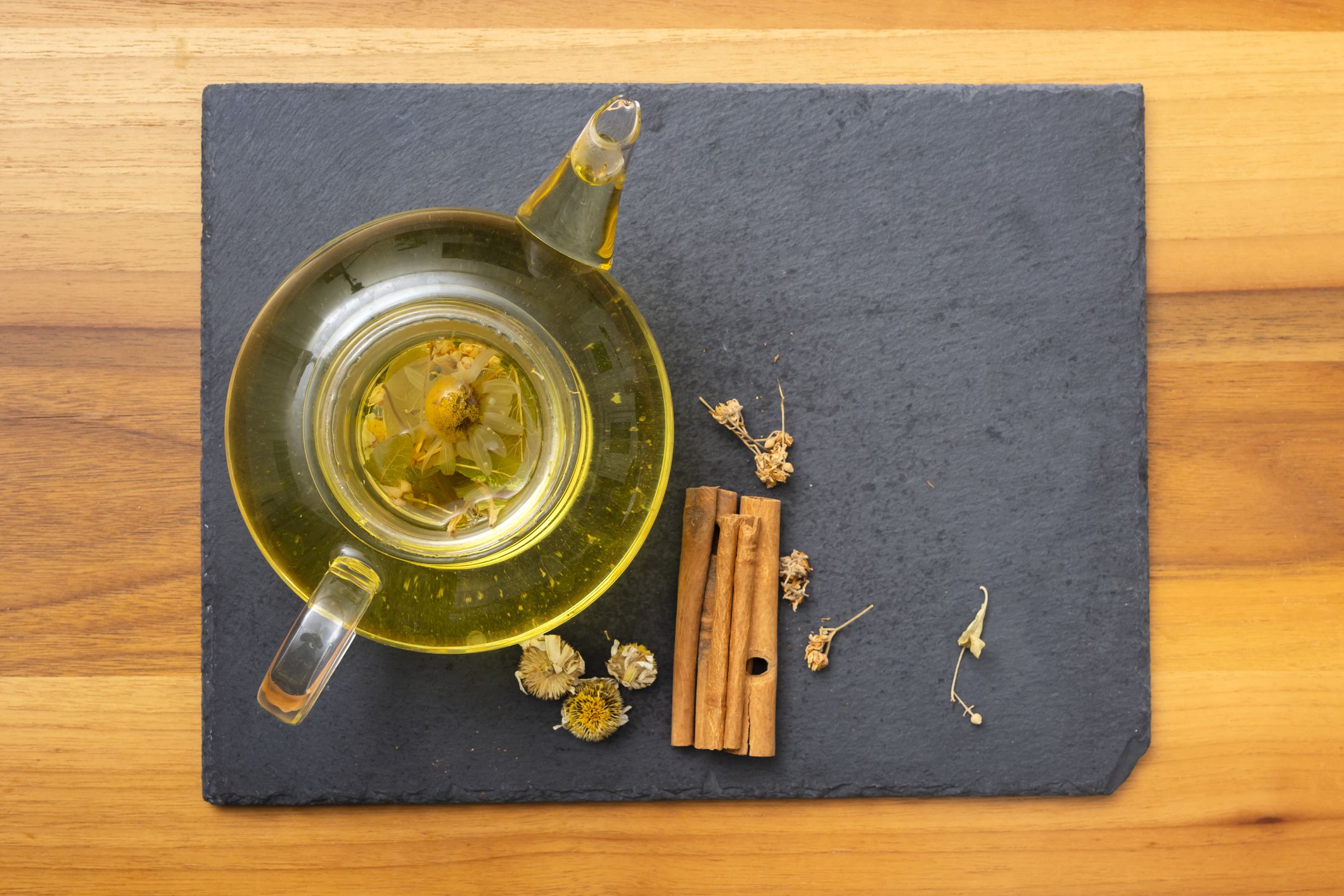
Herbal teas don’t only taste nice—they also have important health benefits, especially if you’re a woman.
Researchers have put three herbal teas through their paces to discover they help women sleep better after they’ve given birth, they reduce PMS pains, stress and anxiety, and help with metabolic control, so reducing the risk of type 2 diabetes. Men with osteoarthritis also had reduced pain after drinking the tea.
Researcher Gill Jenkins reviewed nine studies that had tested the health benefits of German camomile tea, rose hip and spearmint infusions. Camomile was the most effective, helping women sleep better after they had given birth; it also eased symptoms of Pre-Menstrual Syndrome (PMS), and reduced menstrual pain, stress and anxiety. In another study, which included men and women, the tea improved metabolism, including glucose and insulin control.
Rose hip also eased menstrual pain, and spearmint tea improved hormonal control. Spearmint also helped both sexes manage pain and stiffness from osteoarthritis.
(Source: J Nurs Women’s Health, 2022; 6: 178)

Oranges and tangerines contain a molecule that combats obesity. The compound also reduces levels of insulin resistance – one of the first stages of type 2 diabetes – and fats in the blood that can cause heart disease.
The ‘miracle molecule’ is nobiletin – but even after studying it for over a decade, researchers from the University of Western Ontario admit they still don’t know how it works.
They’ve tested it on laboratory mice that had been fed a diet rich in cholesterol and fat – and discovered it reversed the mice’s obesity. The animals became noticeably thinner, and they were also less insulin resistant and had lower levels of blood fats that can lead to atherosclerosis, or hardening of the arteries. But it’s a mystery how nobiletin is doing it. The researchers had assumed it was interacting with the way the body handles fat, but it was effective even in mice that had been genetically modified and so were not using those traditional metabolic pathways.
Reference: J Lipid Rs, 2020; 61:387-402